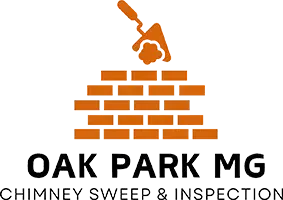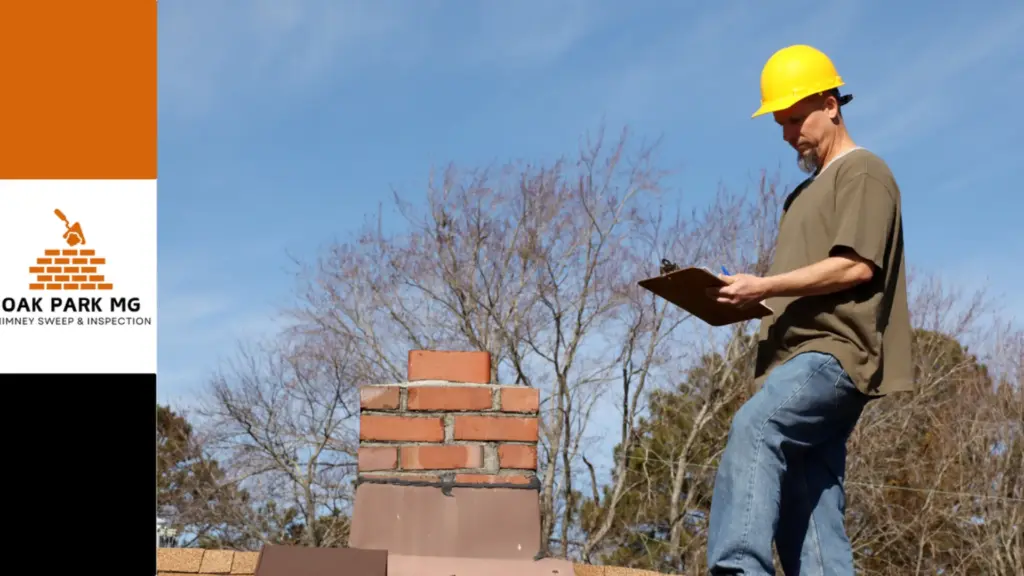A fireplace brings warmth and comfort to a home, but behind its charm, a chimney can develop unseen issues that pose serious risks. Many homeowners are unaware of the potential dangers that may lurk within their chimney system. A thorough chimney inspection helps identify structural weaknesses, blockages, and fire hazards that might otherwise go unnoticed, ensuring a safe and efficient operation.
Identifying Structural Damage Before It Escalates
Over time, a chimney experiences wear from exposure to heat, moisture, and seasonal weather changes. Cracks in the masonry, deteriorating mortar joints, or shifting chimney liners can weaken the overall structure. These damages may not be visible to the untrained eye but can lead to costly repairs if left unaddressed. A professional assessment detects early signs of structural deterioration, allowing for timely maintenance before the chimney becomes a safety hazard.
Preventing Carbon Monoxide Exposure
A poorly functioning chimney can allow dangerous gases, including carbon monoxide, to seep into the home. Blocked or damaged flue liners prevent proper ventilation, causing fumes to accumulate in living spaces. Since carbon monoxide is colorless and odorless, homeowners may not realize there’s an issue until symptoms of exposure appear. Regular evaluations ensure the flue is clear and operating efficiently, reducing the risk of harmful gas buildup.
Detecting Creosote Buildup and Fire Hazards
One of the most common dangers within a chimney is the accumulation of creosote, a byproduct of burning wood. This highly flammable substance can coat the inner walls of the flue, increasing the likelihood of a chimney fire. Even a small amount of creosote buildup can ignite under high temperatures. Inspections help assess the severity of accumulation and determine when a chimney needs cleaning to prevent potential fire hazards.
Addressing Hidden Obstructions and Ventilation Issues
Animals, leaves, and other debris can obstruct a chimney’s airflow, preventing smoke and gases from venting properly. Nesting birds, squirrels, or even fallen bricks may create blockages that lead to inefficient fireplace performance. A detailed chimney inspection reveals these hidden obstructions, ensuring that the chimney remains clear and functions as intended. Proper ventilation also enhances energy efficiency and prevents smoke from backing up into the home.
A chimney may appear structurally sound from the outside, but underlying issues can pose serious risks if not properly addressed. Routine evaluations help homeowners detect and resolve hidden safety concerns, from carbon monoxide leaks to fire hazards. Maintaining a well-functioning chimney ensures both peace of mind and a safer home environment.
Learn more:
Why Chimney Inspection Identifies Problems Before They Escalate

